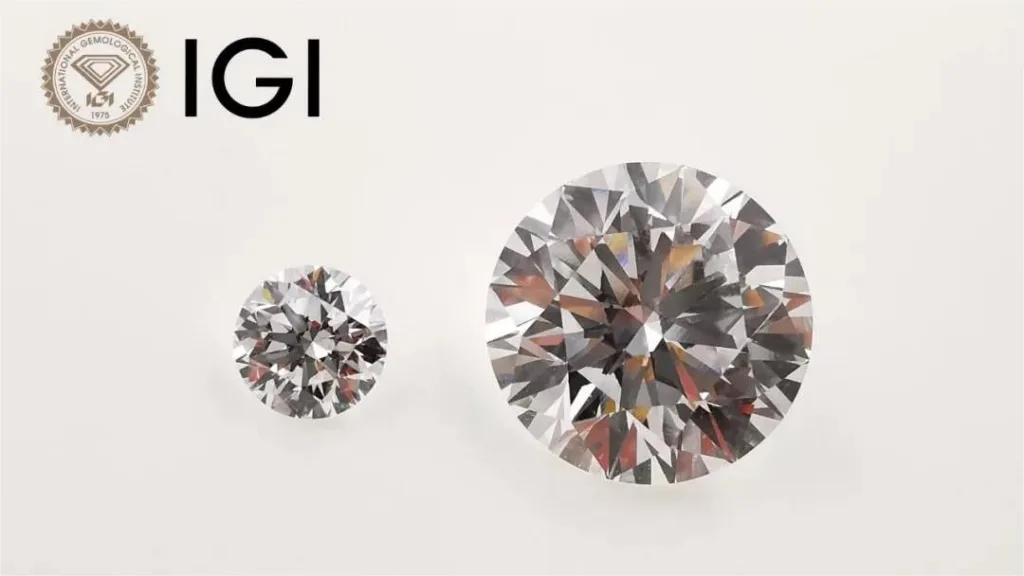Lab-grown diamonds can exhibit fluorescence, just like natural diamonds. Fluorescence is the emission of visible light when a material is exposed to ultraviolet (UV) light. It occurs when certain impurities or structural defects are present in the diamond’s crystal lattice. The most common fluorescent color for diamonds is blue, but they can also fluoresce in other colors such as yellow, green, or white.
Fluorescence in diamonds is not exclusive to either natural or lab-grown diamonds; both types can exhibit this phenomenon. It primarily depends on the specific characteristics of the diamond’s atomic structure and the presence of impurities like nitrogen. Therefore, whether a lab-grown diamond exhibits fluorescence or not depends on its individual composition and how it was grown.
It’s worth noting that fluorescence can affect the visual appearance of a diamond in certain lighting conditions. Some people prefer diamonds with strong fluorescence, as they can appear to have a brighter and whiter appearance under UV light. However, others may prefer diamonds with minimal or no fluorescence, as strong fluorescence can sometimes make a diamond appear slightly hazy or milky in daylight.
When purchasing a diamond, whether lab-grown or natural, you can inquire about its fluorescence characteristics and even request to see how it appears under different lighting conditions to determine if it suits your preferences. The presence and strength of fluorescence should be disclosed by reputable jewelers, so you can make an informed decision when choosing a diamond.




